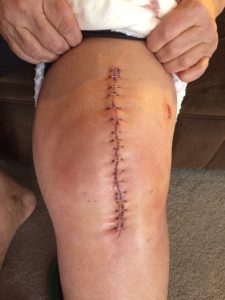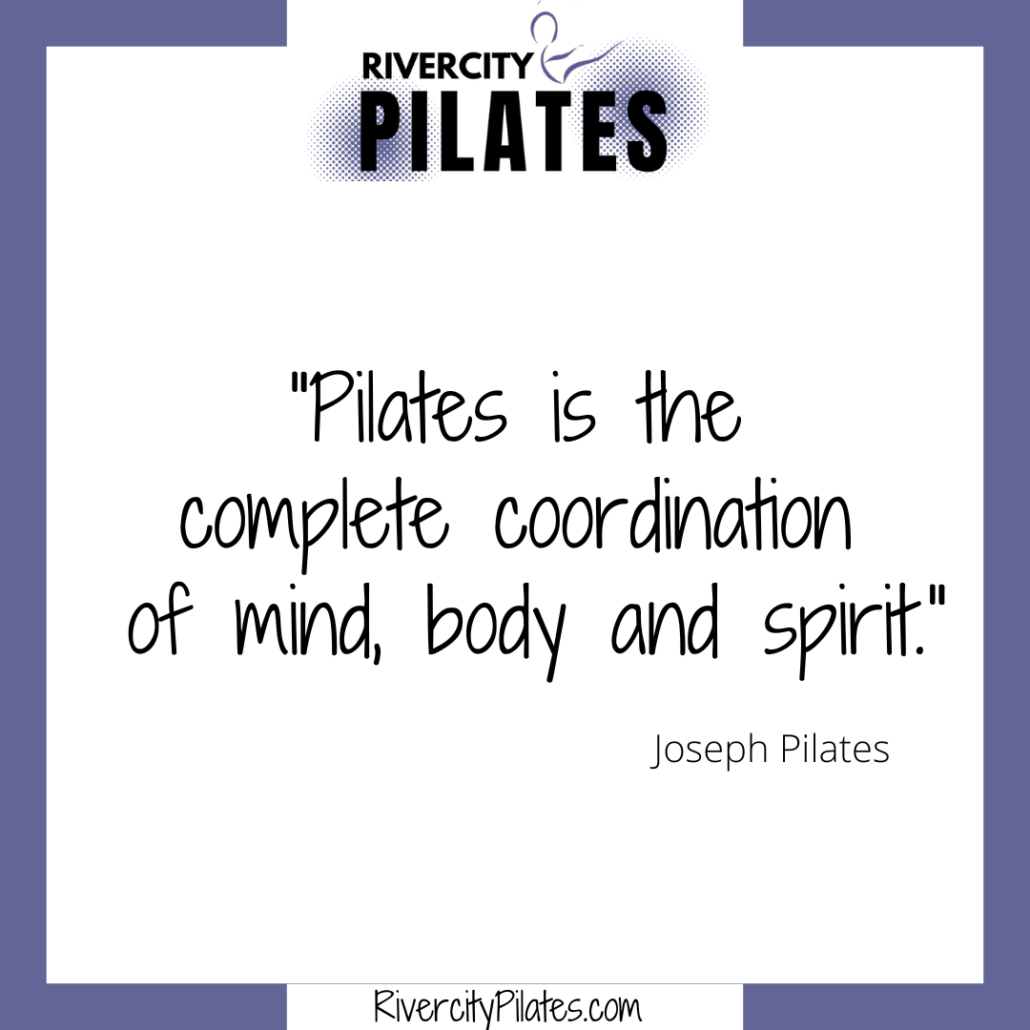
I was thinking this week about the phrase body, mind and spirit. Joseph Pilates was quoted as saying that “Contrology is complete coordination of body, mind, and spirit.”
This phrase body, mind and spirit to me refers to a focus on the whole person and I do think that this focus is something that sets Pilates apart from simply working out.
In case you are curious here’s a quick explanation (in Carey terms) of the 3 focuses of body, mind and spirit in our Pilates practice.
The first focus is simply the body. Pilates is a way to train the physical body to be stronger…..in many ways Pilates could just be considered a workout for the physical body. Just this component of Pilates is truly great and for most people even if they went through the motions of Pilates without adding in the focus on mind and spirit…they would get great results. They would be moving more, building more strength and mobility and likely feeling better just from adding in more physical activity. But it’s the other two components that I think separate the Pilates method from just exercising.
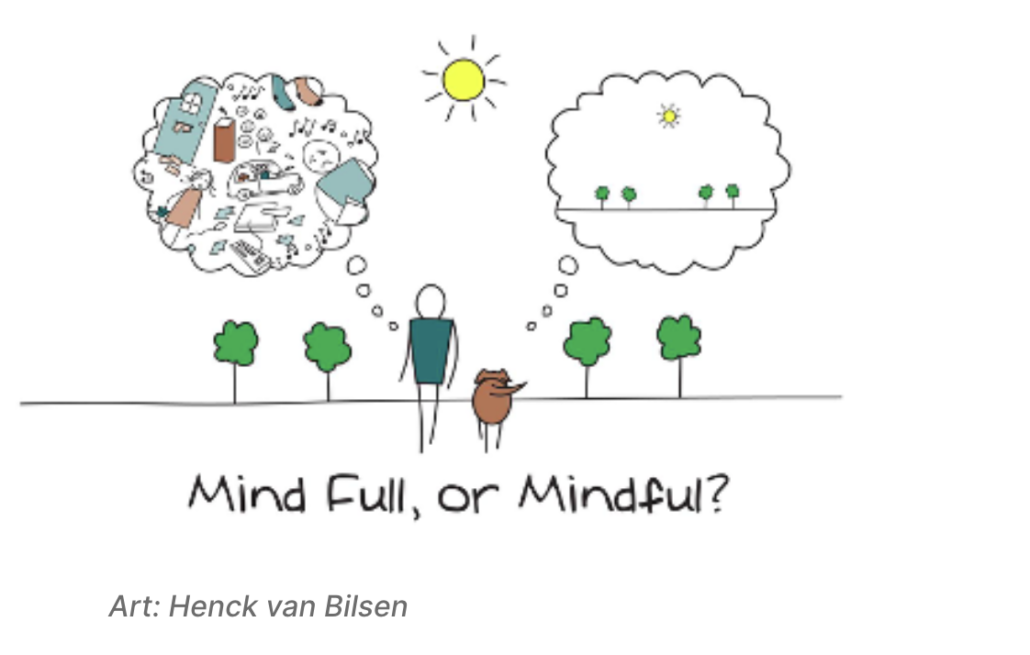
To truly practice Pilates you must engage your mind. The Pilates method is designed to be a process of learning about how your body works and learning how you can control how your body feels and functions by how you train it.
I think this “mind piece” of Pilates is what keeps many people coming back to this practice. There is something fun and fascinating about the process of moving your body in specific ways to get specific results that inspires you to keep at it! As you practice you always feel like you are learning and figuring things out and it’s very empowering to have that much control over your body.
To me, spirit represents you and your individual spirit or being. Coordinating your spirit means that when you practice Pilates you focus your mind on what you are doing and you are truly present. Sure your mind might wander every once in awhile, but as you practice you’ll find yourself bringing yourself back into the present moment and focusing on your breath, your alignment and your movements.
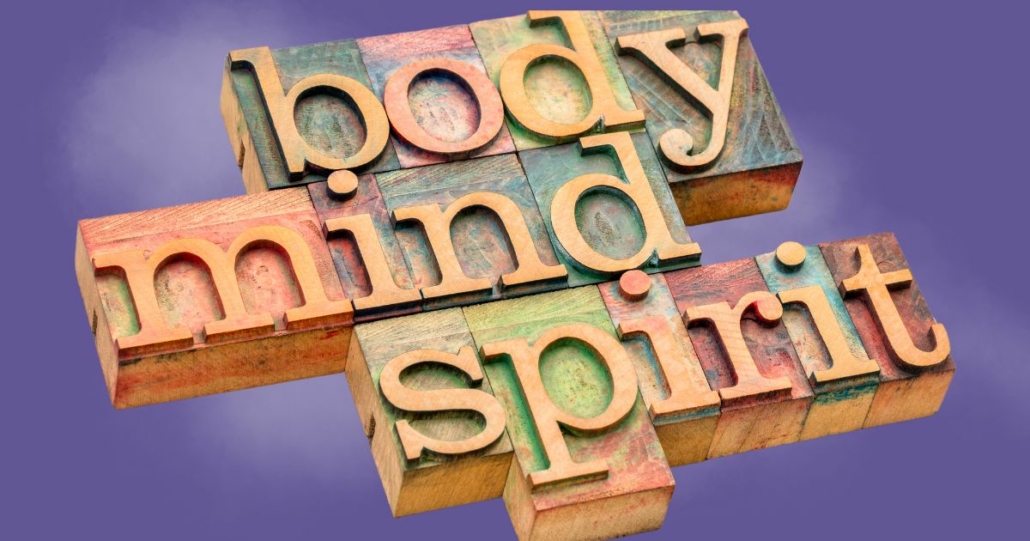
This type of practice is something that is often taught in practices like meditation and mindfulness and I believe it’s a skill that helps you navigate the craziness of life! Just like you might practice a sport so you can improve your performance in a game. I kind of think that everytime I practice being present and mindful on what I’m doing when I practice Pilates…. as practice time for my focus and mindfulness skills for the game of life.
As I was writing this I was thinking about how there are lots of other movements practices that also combine the body, mind and spirit. Yoga and the various martial arts are the ones that immediately come to my mind.

What I love about PIlates, Yoga and other body,mind spirit practices is they are not really something you start and stop. Once you have started practicing on a regular basis it really just becomes part of what you do. Even if you are not practicing with a teacher or being consistent with your own movement practice you still find yourself incorporating everything you’ve learned along the way into your life. And when you are ready to pick up your practice again you know you have the knowledge of how to do it.
Thanks for reading my thoughts on this idea and thanks for being part of our Rivercity Pilates community! It’s so fun to get to share this journey of moving and learning with you! Do you have a favorite piece of your movement practice? Body, mind or spirit? Email me as I would love to know!
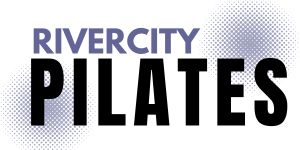
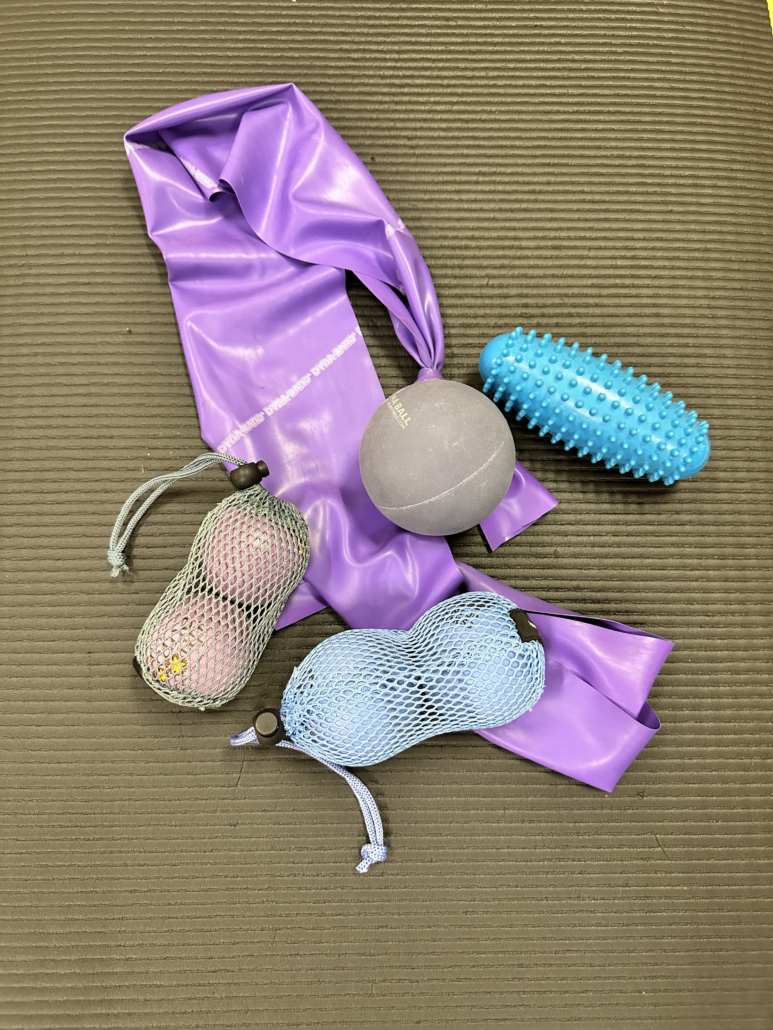

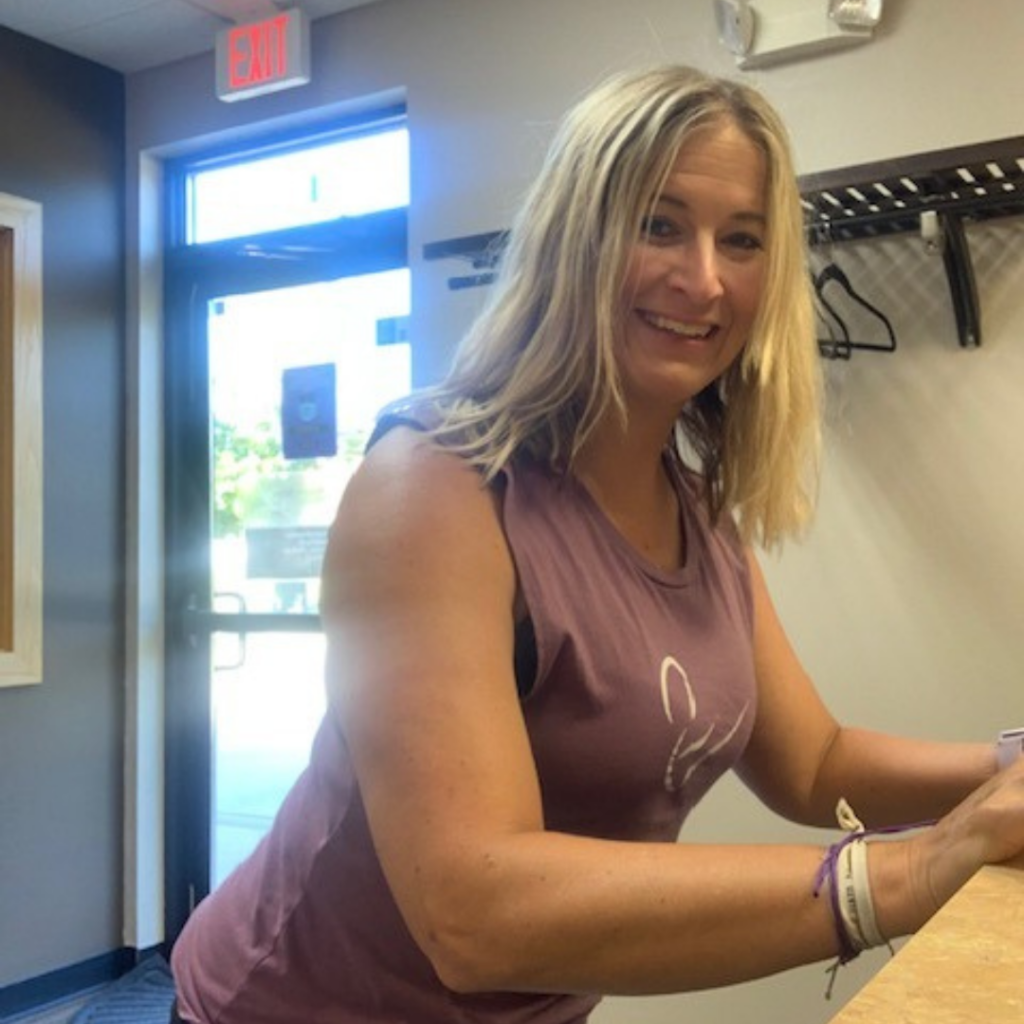
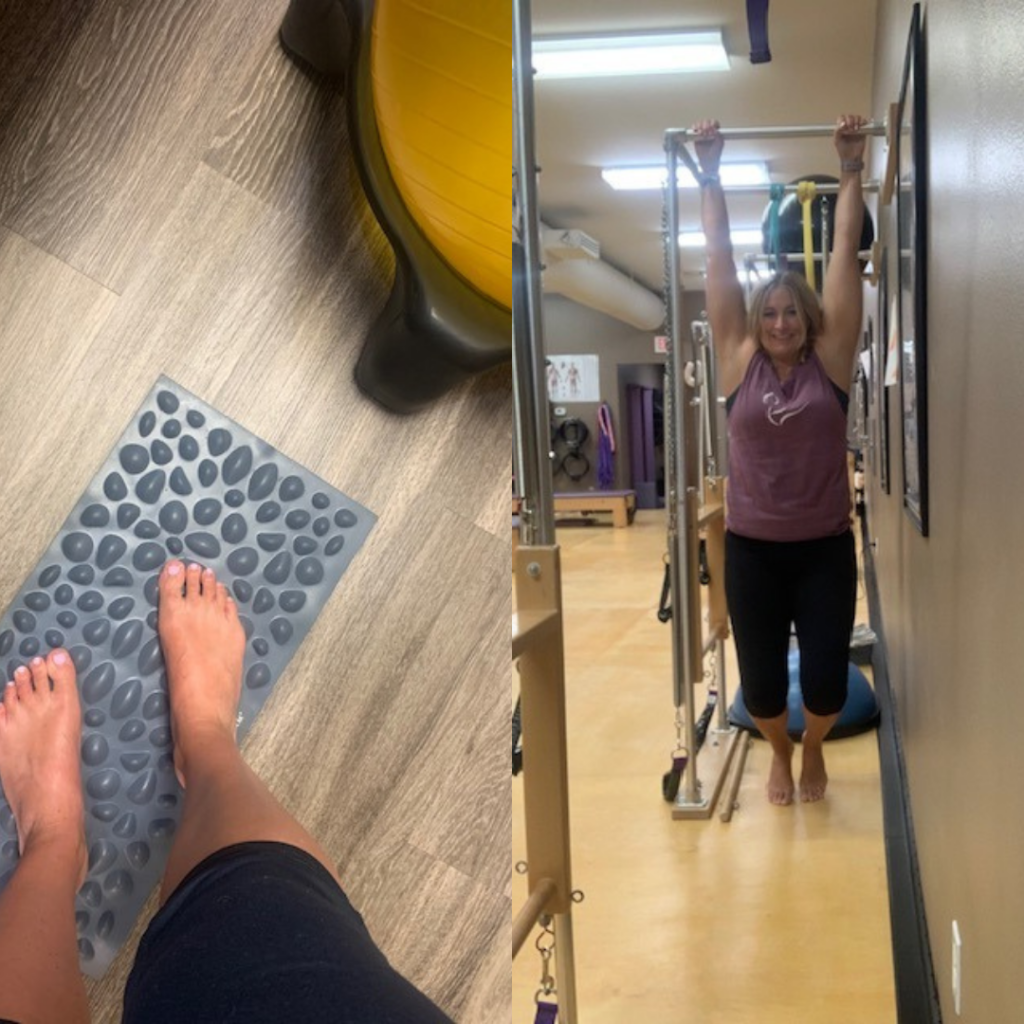
 Whether you sprained an ankle, had rotator cuff surgery, or injured your low back….physical therapy often is just what is needed to help your body recover quickly and safely. But what happens after your physical therapy sessions are done?
Whether you sprained an ankle, had rotator cuff surgery, or injured your low back….physical therapy often is just what is needed to help your body recover quickly and safely. But what happens after your physical therapy sessions are done?
